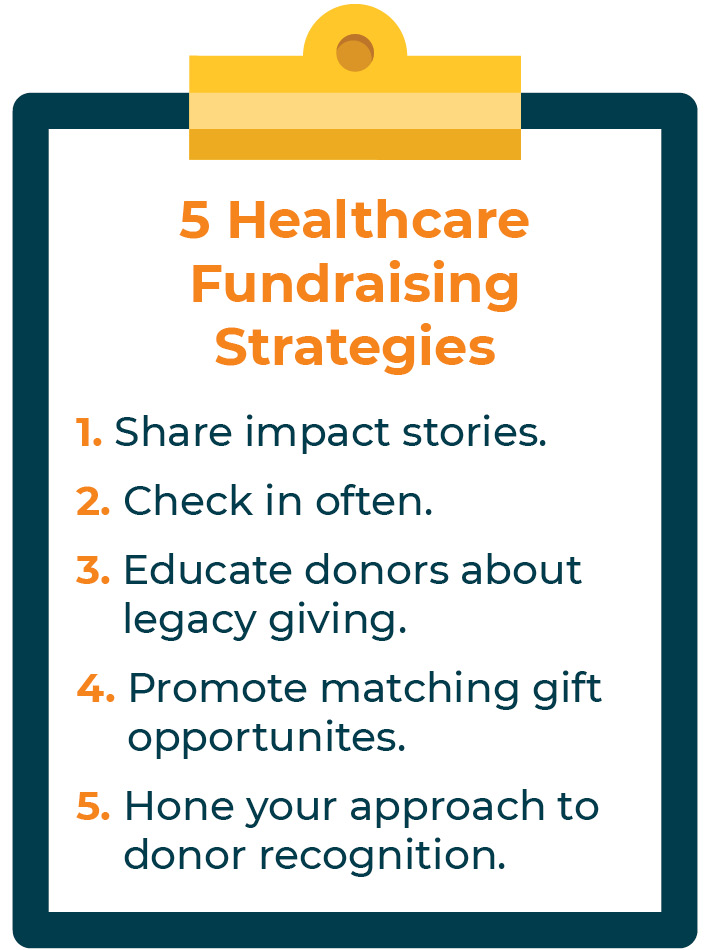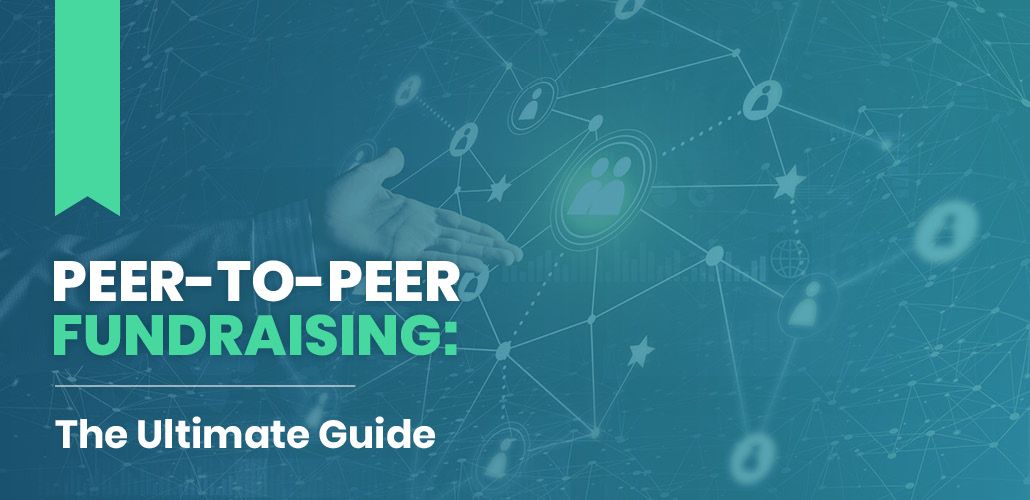Imaginative Nonprofit Fundraising Ideas: Boost Donations and Engagement
Imaginative Nonprofit Fundraising Ideas: Boost Donations and Engagement
Blog Article
The Function of Area Engagement in Nonprofit Fundraising: Structure Lasting Relationships for Lasting Support
Neighborhood engagement is progressively recognized as an essential component of successful not-for-profit fundraising. By promoting real connections with regional stakeholders, companies can cultivate trust fund and loyalty, which are important for sustainable assistance. Nevertheless, the approaches and strategies employed to engage areas differ extensively, raising essential questions about effectiveness and effect. What are the most effective techniques for cultivating these important links, and how can nonprofits determine their success in this field? Understanding these dynamics might dramatically influence the future of fundraising efforts and the total objective of not-for-profit companies.
Recognizing Community Engagement
Community involvement is an essential part of successful nonprofit fundraising efforts. Nonprofits need to recognize essential stakeholders-- such as community participants, neighborhood companies, and various other companies-- to produce efficient engagement strategies.
Effective area interaction is based on energetic listening and responsiveness to the demands and passions of the area. This process entails soliciting responses, recognizing area dynamics, and making certain that the company's mission lines up with neighborhood top priorities. Involving the neighborhood can take numerous types, consisting of public conferences, volunteer possibilities, and partnership campaigns, each designed to encourage participation and investment in the organization's objectives.
Furthermore, community engagement need to be come close to as a recurring discussion rather than a single effort. By cultivating a comprehensive setting where community voices are listened to and valued, nonprofits can develop a strong structure for future fundraising undertakings. Ultimately, a deep understanding of area involvement encourages companies to create authentic links that improve their general efficiency and sustainability.
Benefits of Solid Relationships
Strong connections formed via community involvement yield various benefits for not-for-profit fundraising efforts. Firstly, these partnerships foster trust fund and trustworthiness, essential elements in motivating donors to contribute. When prospective advocates see a not-for-profit actively entailed in their neighborhood, they are more probable to count on its objective and impact.

Moreover, these partnerships assist in efficient interaction. Nonprofits can leverage their links to share tales of influence, updates, and requires, making sure that fans stay educated and involved. This open line of communication not just enhances bonds however also encourages word-of-mouth promotion, broadening the not-for-profit's reach.
Last but not least, strong neighborhood connections can bring in brand-new companions and enrollers. Businesses and individuals are much more likely to straighten with companies that show purposeful community involvement, providing extra sources and support that can substantially boost fundraising abilities. Thus, growing durable partnerships through neighborhood interaction is important to a not-for-profit's long-lasting fundraising success.
Methods for Effective Interaction
How can nonprofits effectively engage their neighborhoods to improve fundraising initiatives? Normal updates, involving content, and calls-to-action can galvanize area rate of interest and engagement.
2nd, holding neighborhood events, such as workshops, volunteer possibilities, or fundraising drives, facilitates face-to-face communication, enabling nonprofits to display their effect and initiatives. These occasions not only increase funds however also cultivate relationships and allow neighborhood members to engage directly with the reason.
Third, carrying out customized interaction methods can enhance engagement. Customizing messages to details benefactor sections based on interests and past payments cultivates a feeling of belonging and financial investment in the company's goal.
Last but not least, producing collaborations with neighborhood companies and community leaders can magnify outreach initiatives. Joint efforts can improve presence and integrity, demonstrating a cumulative dedication to the area's health. By incorporating these strategies, nonprofits can construct long lasting relationships that improve fundraising initiatives and drive sustainable redirected here assistance.
Determining Engagement Success
While engaging the area is vital for successful not-for-profit fundraising, measuring the efficiency of these engagement initiatives is similarly important. Developing clear metrics allows companies to examine just how well they are getting in touch with their audience and accomplishing their fundraising objectives. Key performance indicators (KPIs) such as donor retention rates, volunteer involvement degrees, and interaction on social media sites platforms provide concrete data for examination.

Frequently evaluating these metrics makes it possible for companies to pivot their methods when necessary, guaranteeing that area engagement continues to be aligned with their total mission. visit this page Moreover, sharing these results with stakeholders promotes transparency and constructs trust, urging additional neighborhood involvement. Inevitably, a robust measurement structure not only notifies future fundraising efforts but likewise strengthens the relationship between the nonprofit and its fans, preparing for sustainable success.
Case Research Studies in Neighborhood Effect
Numerous case researches illustrate the extensive influence that neighborhood interaction can carry not-for-profit fundraising success. One remarkable example is the "Something to chew on" effort, where a regional food bank partnered with organizations and schools to host neighborhood suppers. These events not just increased funds but additionally fostered a sense of belonging among participants, significantly raising benefactor retention rates.
Another compelling case is the "Green Spaces Job," which included regional citizens in the revitalization of city parks. This initiative not only garnered financial backing from regional services but likewise cultivated a volunteer base that contributed to continuous upkeep and shows. The feeling of ownership and satisfaction among area members translated into sustained payments.
In the world of arts, the "Art for All" project effectively engaged regional musicians and customers to produce collaborative art installations, bring about raised presence and contributions for a regional arts nonprofit.
These examples highlight that when nonprofits focus on neighborhood involvement, they can develop long lasting connections that boost fundraising efforts, guaranteeing sustainable support and fostering a dynamic community society. Such situations demonstrate that neighborhood engagement is not just an approach but a crucial column of not-for-profit success.
Verdict
In final thought, area involvement is integral to the success of not-for-profit fundraising initiatives. By promoting strong relationships with neighborhood stakeholders, organizations improve trust fund and trustworthiness, resulting in boosted donor retention and loyalty. Executing reliable interaction strategies and determining their influence makes certain that nonprofits can prosper and adjust. Inevitably, a robust structure of neighborhood support not only enhances fundraising prospective but likewise cultivates a society of partnership, crucial for attaining long-lasting organizational goals and sustaining purposeful influence.
Nonprofits should determine crucial stakeholders-- such as community participants, neighborhood companies, and other organizations-- to produce efficient involvement approaches.

In conclusion, area interaction is important to the success of not-for-profit fundraising efforts.
Report this page